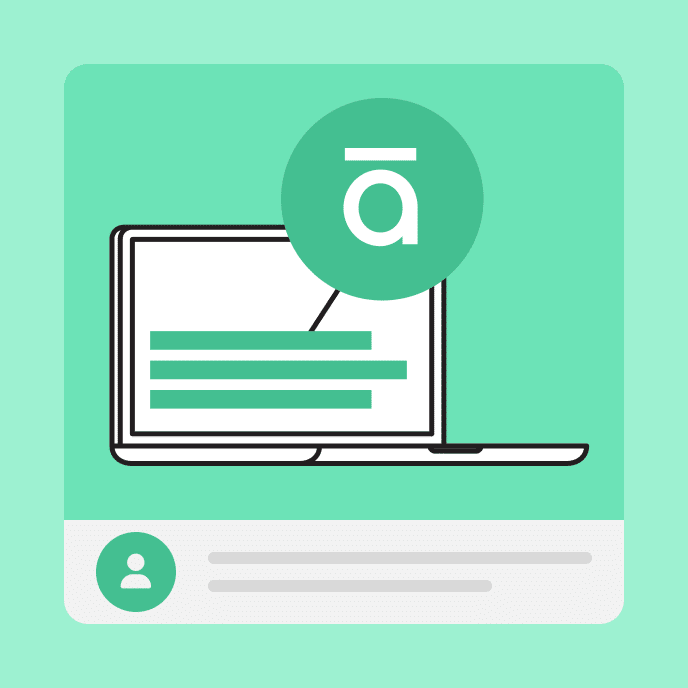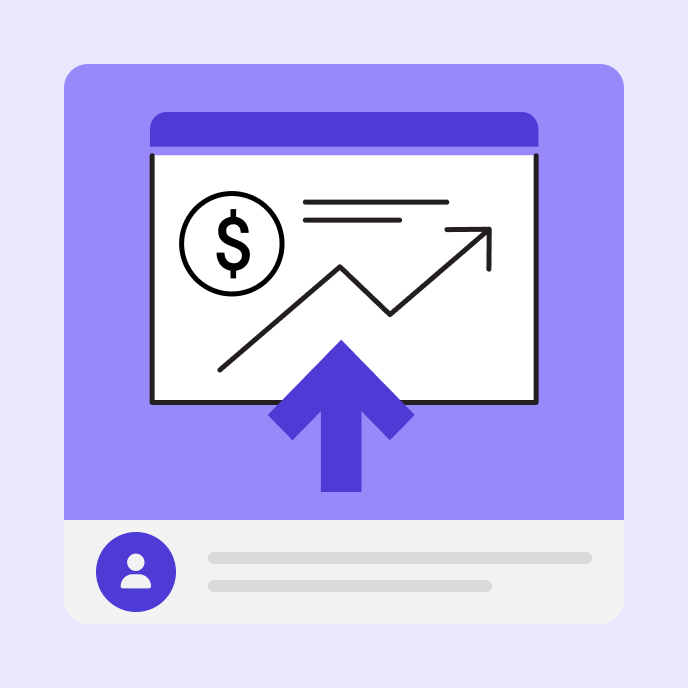Managing the customer—course designer relationship
It is important to manage the customer relationship while building courses, as customers may not always know what they want. Customers often default to building more training as a solution to issues, but course designers need to step in and provide the best solution.
Here are a few tips on managing the relationship with your customer
- Is training the right solution for them? They want the person to go from point A to point B, but what are they doing now and why aren’t they getting there? How is training going to impact those reasons?
- It is important to establish clear expectations for the course you will be delivering. This can be done by analyzing the needs and writing up a service level agreement that details what they will receive and when.
- In order to ensure that your course is successful, it is important to set clear objectives and determine how you will measure them. This helps gauge whether or not objectives met.
- The customer’s expectations should be established at the beginning of the work. Then every effort should be made to exceed them.
- Make your customers look good by promoting their assistance and success. Write nice things about them to their managers. This helps get more of their time, especially if they’re also the subject matter expert.
- Courses should be effective, as noted above, but they should also be efficient. Manage your costs and calendar well. And make the learning experience and efficient use of the learner’s time.
- Do everything you can do to finish ahead of schedule. Many projects don’t because there’s a lot of scope creep where more gets added to the request. A good service level agreement helps resolve some of those issues.
- Pay attention to the project and anticipate issues. Then take care of them before they do become issues.
- After the project is delivered, I quickly review the service level agreement with the client and get them to sign it. I’ve worked on projects that failed (because the customer wanted a course that wasn’t needed) and somehow the blame got shifted down to the training team. By getting the client to review and accept the agreement, I can prevent that from happening.
This isn’t an exhaustive list. What are some things you’d recommend to someone just getting started?



